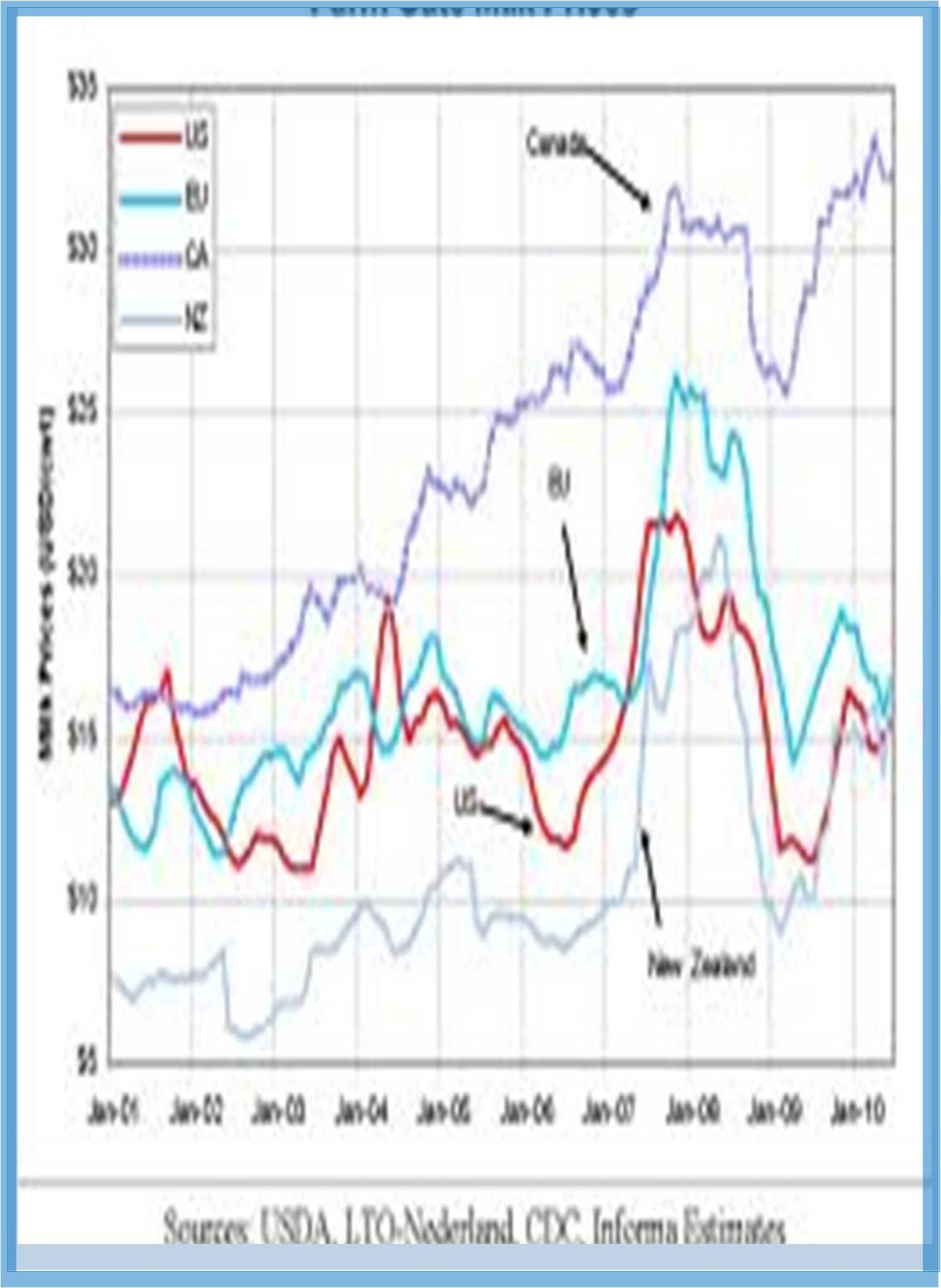



Received: 23-Jul-2022, Manuscript No. GJAEE-22-71980; Editor assigned: 26-Jul-2022, Pre QC No. GJAEE-22-71980 (PQ); Reviewed: 12-Aug-2022, QC No. GJAEE-22-71980; Revised: 22-Aug-2022, Manuscript No. GJAEE-22-71980 (R); Published: 29-Aug-2022, DOI: 10.15651/GJAEE.22.10.004
Natural resources are those that come from nature and are mostly utilized in their natural state. This includes the historical development of desirable characteristics, including those that are used in commerce and industry, aesthetic appeal, scientific interest, and cultural relevance. The sun, the atmosphere, the water, the soil, every mineral, every plant, and every animal may be found on Earth. Natural resources might be protected in nature preserves or a part of humanity's natural legacy. Geodiversity and biodiversity are typically present in particular ecosystems. The rainforest at Fatu-Hiva sets as an example of this. Natural resources can be divided into a variety of categories. Natural resources are things that can be found in the natural environment and used for economic purposes.
The use and conservation of natural resources like water, land, soil, plants, and animals has an effect on a wide range of sectors, from agriculture and mining to tourism, fishing, and forestry. Research And Development (RAND) researchers that are interested in ecosystems and sustainability do study on subjects like flooding, nuclear energy, drought, coastal restoration, and more in an effort to decrease the potential negative effects of inadequate management.
Environnemental Impacts on Climate Change
In addition to depleting natural resources through the use of raw materials, unsustainable production and consumption habits have a negative impact on the environment at every stage of a product's existence, including extraction, processing, manufacture, consumption, and waste disposal. As a result of the negative environmental repercussions of unsustainable consumption and production, we are currently dealing with three global crises: climate change, biodiversity loss, and pollution. Environmental problems like pollution, erosion, and deforestation affect everyone, but the poorest countries stand to lose the most. They are most affected by environmental harm and have the fewest resources available to them for adaptation. Therefore, combatting environmental degradation and improving living conditions have a substantial impact on the World Bank Group's objective to fight poverty and enhance lives.
The sustainable use of significant natural resources, such as land, water, air, minerals, forests, fisheries, and animals, is referred to as Natural Resource Management (NRM). These resources work together to produce ecosystem services that improve the quality of human existence. Basic necessities for survival are provided by natural resources, both in the form of consumption and government services. Climate cycles, nutrient recycling, air and water purification, and soil production are all maintained through ecological processes. Sustainability is a serious problem that calls for environmentally responsible behavior in order to preserve ecosystem function and environmental health. According to this viewpoint, nations that implement green technologies frequently exhibit strong environmental performance, healthy environmental conditions, and robust ecosystems.
The study of natural resource management focuses on how management of natural resources, such as land, water, soil, plants, and animals, influences the quality of life for both current and future generations. As a result, sustainable development adheres to the wise use of resources to feed both the current generation and future generations. Large sub disciplines of natural resource management include the fields of fisheries, forestry, and wildlife. In order to define the boundaries of a resource, management of natural resources includes determining who has the right to utilize them and who does not. Depending on the local circumstances, the resources may be managed by the users in accordance with the regulations governing when and how they are utilized, or they may be controlled by a governmental body or other central authority. Natural resources are substances derived from the earth, substances such as food, building and clothing materials, fertilizers, metals, water, and geothermal energy. Natural resources are substances that occur naturally and are useful to man or could be useful under conceivable technological, economic, or social circumstances. Science has long been interested in natural resources.